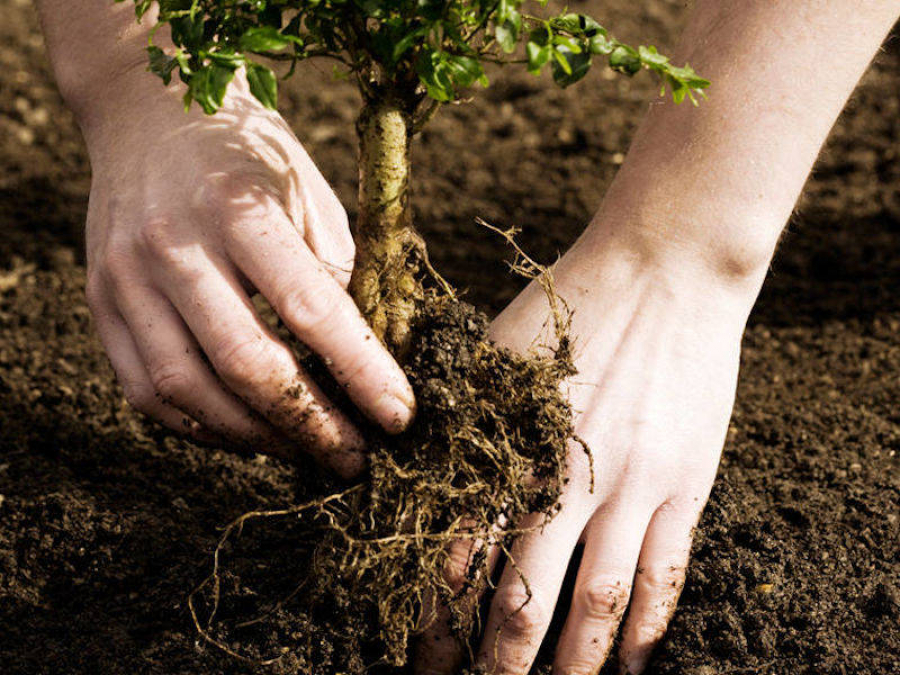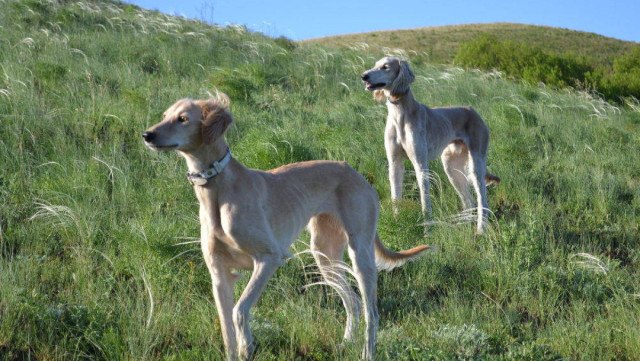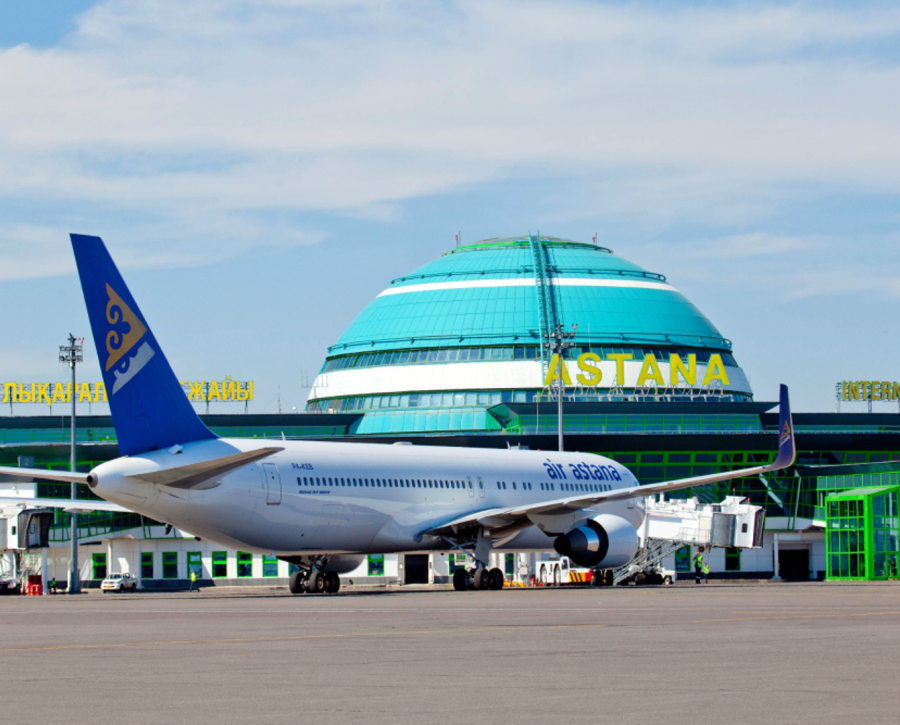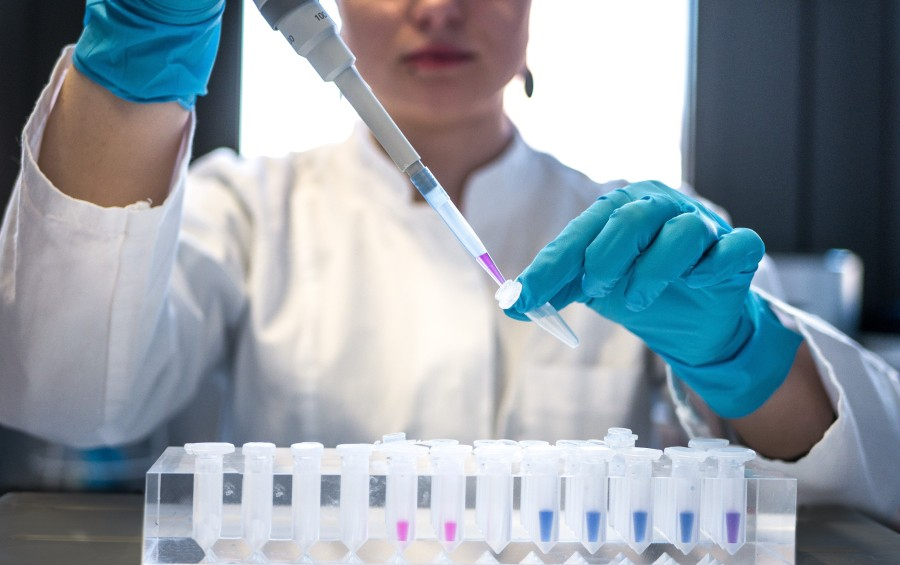Kazakh scientists and agronomists to restore unique flora

Kazakh scientists and agronomists try to restore a unique flora. They launched a joint project on greening the capital. Seeds of Red Data Book plants were planted in one of the forest nurseries. Some have literally been re-grown from just one cell. According to experts, it takes about two years to create the micromaterial.
“This is especially important when we are dealing with endangered plant species. On the other hand, we have been working for a very long time to develop methods for growing plants without seeds,” said Yerlan Ramankulov, the Director General of the National Center for Biotechnology.
Seedlings and new varieties of seeds are not planted immediately. First, they are placed in small containers with macro- and microelements. This is the essence of hybridization. Under such conditions, it is possible to fully control the process. The artificial method of reproduction allows not only to preserve natural properties, but even to improve them.
“We took white poplar, and plants from the Red Data Book, in particular, the Niedzwetzky's and Sievers apple trees. They have very good natural properties, and, most importantly, are resistant to our climatic conditions. We acquire several thousand plants from a single bud,” said Almagul Kakimzhanova, a Doctor of Biological Sciences.
Over three years, Kazakh scientists have grown about 7,000 trees. In the future, experts plan to use other methods of plant hybridization.








